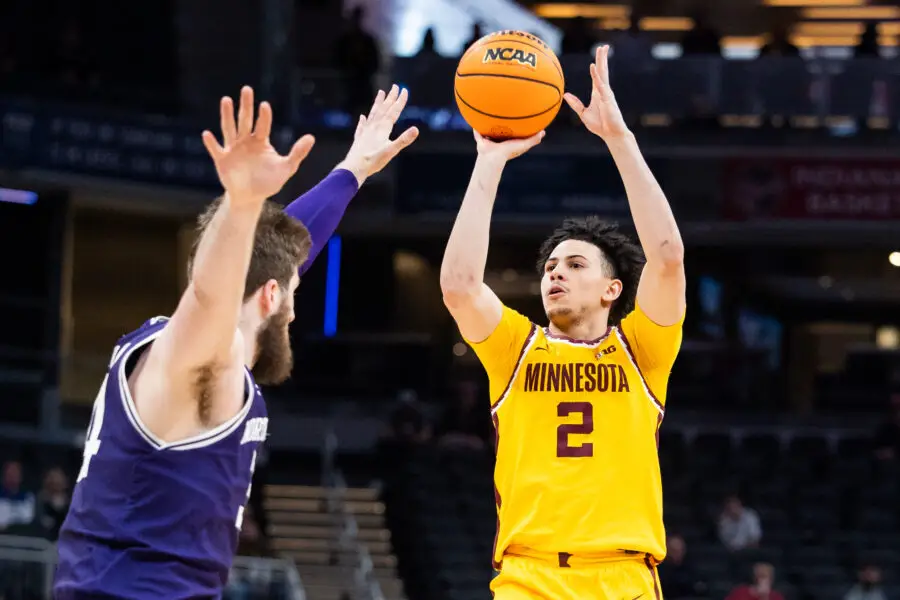The University of Minnesota fired men’s basketball coach Ben Johnson early Thursday morning after his third losing season in the Big Ten in four years. His dismissal will cost the university a $2.93 million buyout.
The Gophers finished with a 15-17 record and were eliminated from the Big Ten tournament on Wednesday with a 72-64 loss to Northwestern in the opening round. After the team returned to Minnesota around midnight, athletic director Mark Coyle met with Johnson to inform him of the decision.
“I met with Ben in-person early this morning when the team returned from the Big Ten tournament and told him we were making a leadership change,” Coyle said in a statement. “I appreciate his dedication to the program and wish him well.”
Johnson, 44, a former Gophers player and assistant coach, had two years left on his contract, which paid him $1.95 million annually, making him the lowest-paid head coach in the Big Ten. Over four seasons, he compiled a 56-71 overall record and went 22-57 in conference play, finishing in the bottom half of the standings three times. This season, the Gophers placed 12th out of 18 Big Ten teams with a 7-13 conference record.
His best season came in 2023-24, when the team finished 19-15, placed ninth in the conference, and reached the second round of the NIT. The previous year, the Gophers struggled with a 9-22 record.
Coyle emphasized that the decision was made after careful evaluation, stating, “Our expectation is to compete for championships, and we haven’t done that over the past four years.”
The Gophers struggled late in the season, losing seven of their last 11 games. Despite notable wins at USC and UCLA, consecutive home losses to Northwestern and Penn State put them in danger of missing the Big Ten tournament. A three-game winning streak in January, including ranked victories over Michigan and Oregon, briefly offered hope for a turnaround, but inconsistencies persisted.
Minnesota’s home attendance improved slightly this season (8,923 per game) but remained the lowest since 1970-71. Additionally, the program faced challenges retaining players, with six athletes transferring after the 2023-24 season, including starters Elijah Hawkins and Pharrel Payne.
Johnson was hired in March 2021 after the university parted ways with Richard Pitino. Despite having no previous head coaching experience, he was chosen for his ability to recruit local talent. However, key in-state players he brought in, such as Payne, Braeden Carrington, and Joshua Ola-Joseph, transferred after two seasons.
During his tenure, Johnson also signed high-profile recruits, including five-star center Dennis Evans III, but Evans left before ever playing for the Gophers. Other notable departures included Talon Cooper (South Carolina) and Jamison Battle (Ohio State).
After a 13-17 first season, Johnson’s contract was extended in May 2022, modifying his buyout terms. If he secures comparable employment soon, the university’s buyout payments will cease.
The Gophers are now searching for Johnson’s replacement, with early candidates including Colorado State’s Niko Medved, West Virginia’s Darian DeVries, Oklahoma’s Porter Moser, Drake’s Ben McCollum, former Timberwolves coach Ryan Saunders, and Northern Iowa’s Ben Jacobson.
“This is a highly desirable job in a premier conference and city,” Coyle said. “We have top-tier facilities, a historic venue, and all the resources needed to succeed. We will begin a nationwide search for our next head coach immediately.”

